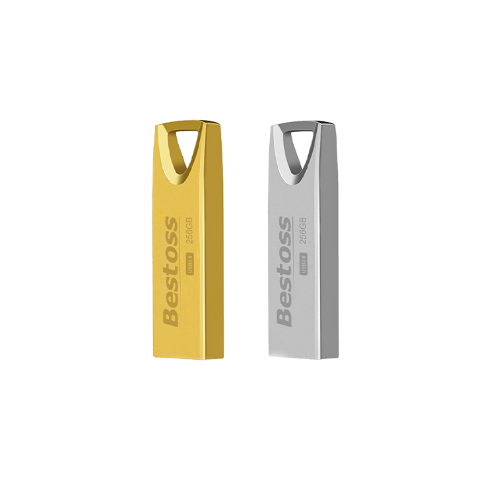
In today's digital age, USB flash drives have become an essential tool for storing and transferring data. However, the convenience they offer also comes with security risks. To protect your sensitive information from falling into the wrong hands, it's crucial to implement robust security measures. In this guide, we'll explore how to secure your USB flash drive with encryption and password protection, ensuring your data remains safe and confidential.

Security Before delving into the methods of securing your USB flash drive, let's first understand why it's vital. These small and portable devices are easy to misplace, making them susceptible to theft or unauthorized access. Without proper protection, anyone who gets their hands on your USB drive can access its contents, potentially compromising your personal or business data. Taking steps to secure your USB flash drive ensures peace of mind and safeguards your valuable information.
Encryption is a powerful technique that converts your data into a secure and unreadable format. By encrypting the files on your USB flash drive, you add an extra layer of protection. Even if someone gains physical access to the drive, they won't be able to view or understand the encrypted data without the correct decryption key.
To encrypt your USB flash drive, you can use built-in encryption tools provided by your operating system or opt for third-party encryption software. Windows users can take advantage of BitLocker, while macOS users can use FileVault. For cross-platform compatibility, consider using VeraCrypt, a popular open-source encryption tool.
Implementing Password Protection
In addition to encryption, password protection adds an extra barrier to prevent unauthorized access to your USB flash drive. By setting a strong and unique password, you ensure that only individuals with the correct password can unlock and access the files stored on the drive.
When creating a password, follow these best practices:
Use a combination of uppercase and lowercase letters, numbers, and special characters.
Avoid using easily guessable information like birthdates or common words.
Ensure the password is at least eight characters long.
Do not use the same password for multiple accounts or devices.

While encryption and password protection significantly enhance security, it's essential to remain proactive in safeguarding your data. Regularly backing up the contents of your USB flash drive to a secure location, such as cloud storage or an external hard drive, ensures that you can still access your data even if the USB drive is lost, damaged, or compromised.
Securing your USB flash drive with encryption and password protection is an indispensable step in safeguarding your sensitive data. By understanding the importance of USB flash drive security, utilizing encryption, implementing strong passwords, and regularly backing up your data, you can ensure that your information remains safe and confidential. Don't wait until it's too late – take action now to protect your USB flash drive and enjoy worry-free data storage and transfer.